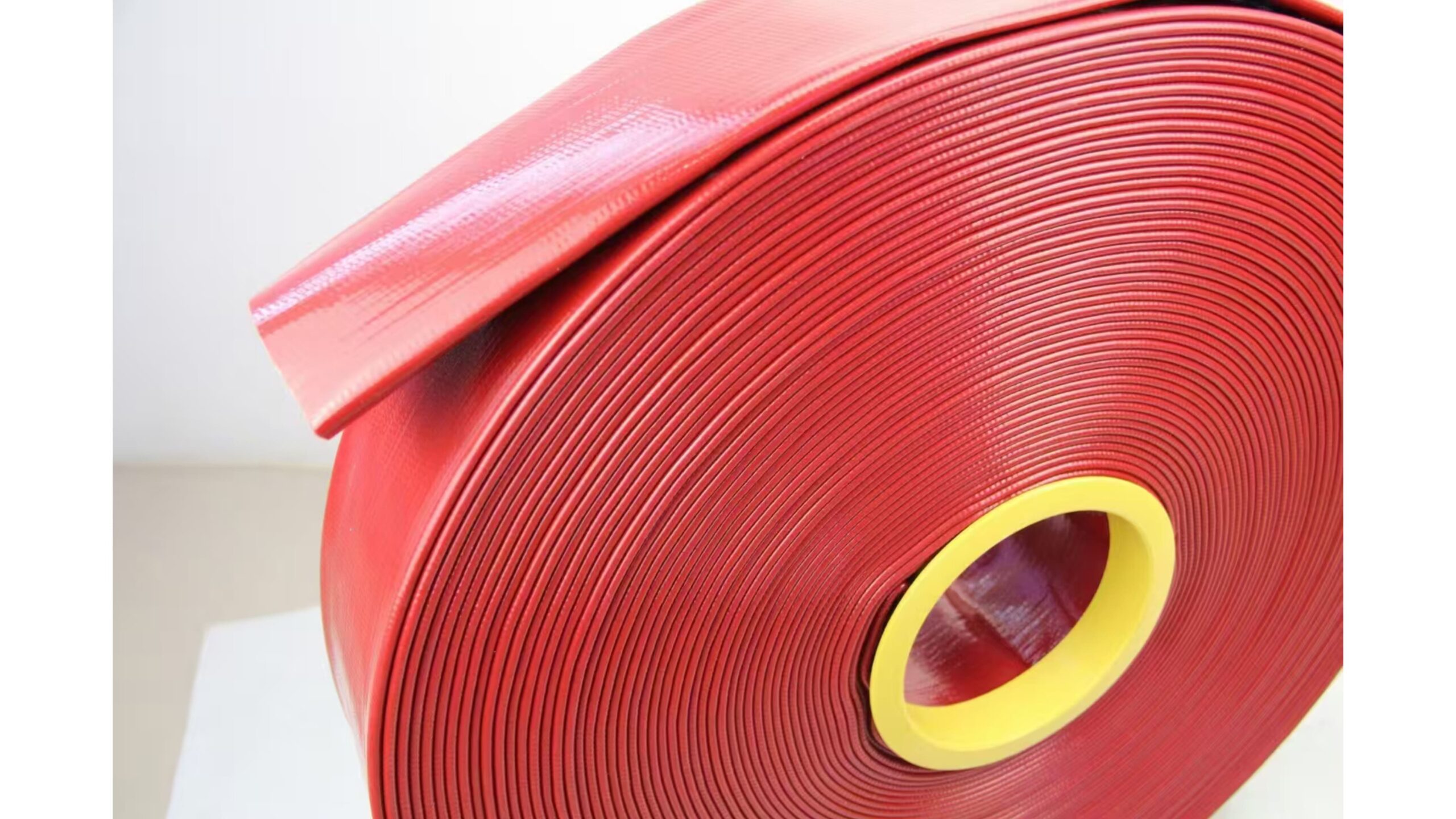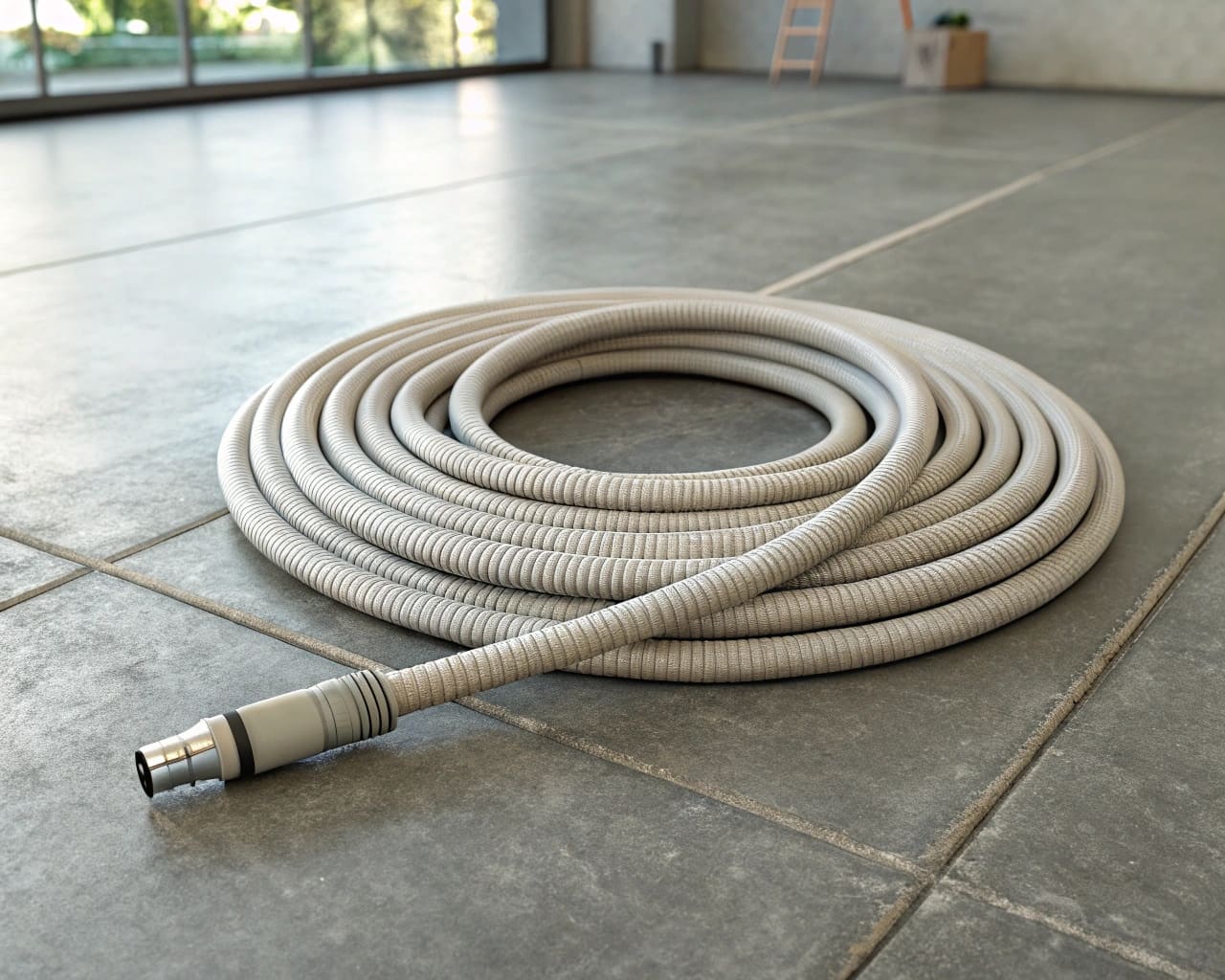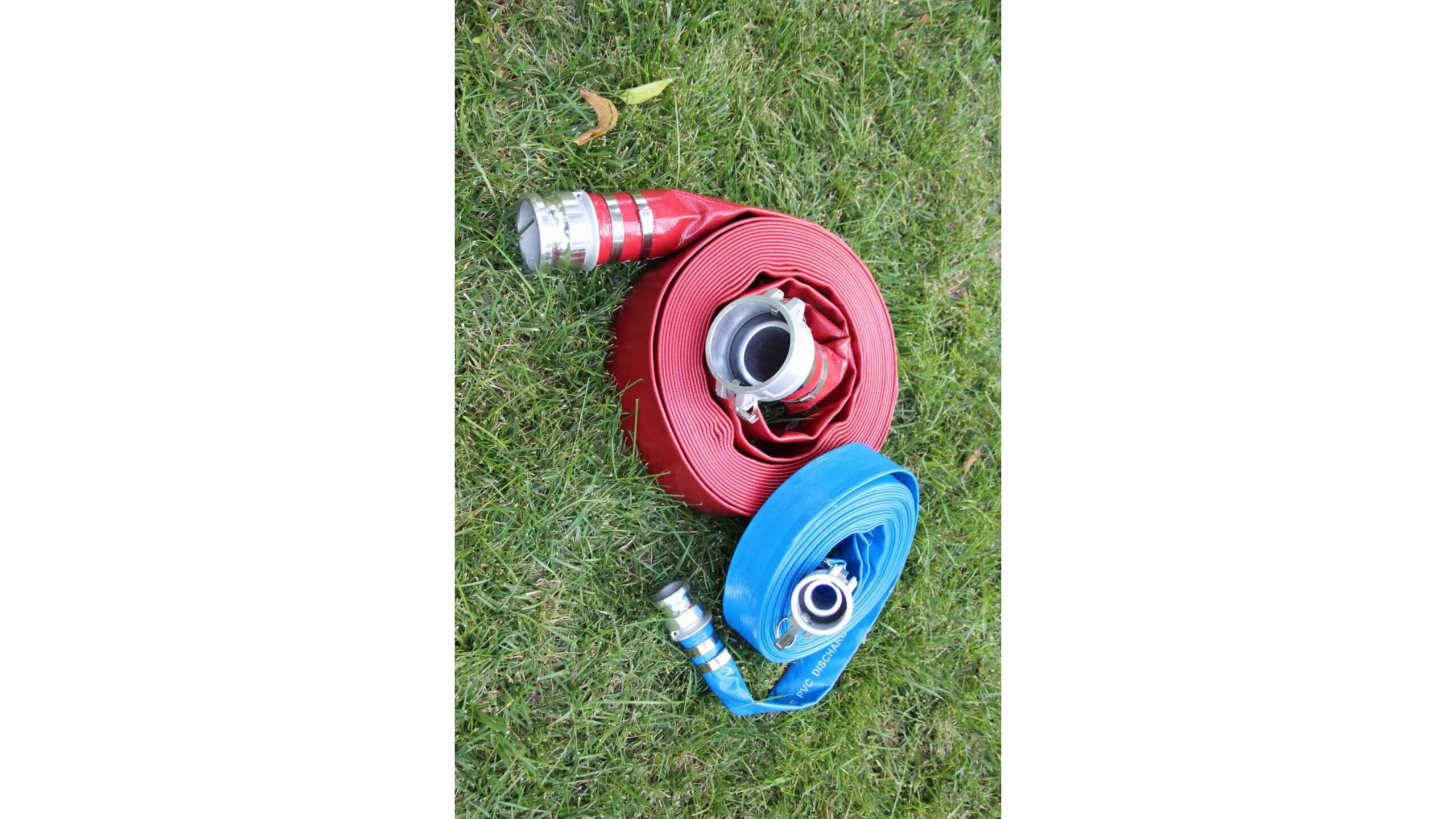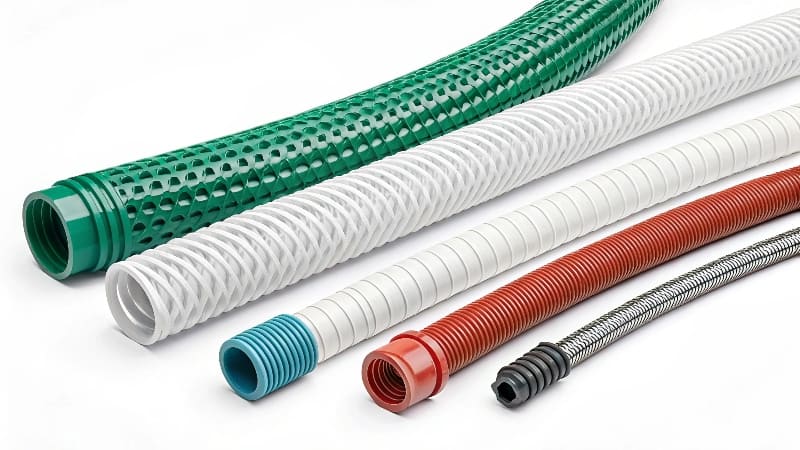Which is Better: Rubber Hose or PVC Hose?
Choosing between rubber and PVC hoses confuses even experienced buyers. Make the wrong choice, and you'll face premature failure, chemical leaching, or unnecessary expense on a product that doesn't meet your specific needs.
PVC hoses typically offer better value, flexibility, and resistance to kinking, while rubber hoses provide superior durability, temperature resistance, and longevity. The better option depends entirely on your specific application, climate conditions, and budget constraints.1
I recently helped a Brazilian agricultural client who had been using expensive imported rubber hoses for years. After analyzing their application, I suggested switching to our stabilized PVC formulation. Not only did they cut costs by 40%, but our third-party testing proved the PVC hose met all their performance requirements. This isn't surprising—while the global PVC hose market grows at 4-6% annually2, we're seeing more industrial users make this same discovery.
How is PVC Hose Made?
Many buyers I meet don't understand why PVC hose quality varies so dramatically between suppliers, leading to disappointing performance and premature failure.
PVC hoses are manufactured through extrusion, where PVC compound (resin, plasticizers, stabilizers, and additives) is heated, formed into a continuous tube around a mandrel, cooled, and then coiled. Quality depends heavily on formulation precision and process control.3
During a factory tour with a European distributor last month, I demonstrated how our manufacturing process differs from competitors. While material costs fluctuate dramatically in today's market4, we maintain quality by adjusting our process parameters rather than compromising on essential additives.
Raw material selection is the foundation of quality. In our production facility, we carefully blend:
| Component | Function | Impact on Quality | Our Approach |
|---|---|---|---|
| PVC Resin | Base polymer structure | Determines fundamental strength | Premium K-67 grade for consistent chain length |
| Plasticizers | Provides flexibility | Affects cold-weather performance and aging | Non-toxic phthalate alternatives for safety |
| Stabilizers | Prevents degradation | Determines lifespan in sun/heat | Calcium-zinc systems instead of lead-based |
| Colorants | Visual appearance | Affects UV resistance | Titanium dioxide and carbon black for UV protection |
| Reinforcement | Internal structure | Controls pressure rating | Polyester braiding for higher pressure applications |
Our extrusion process maintains precise temperature control throughout five heating zones. This prevents the micro-bubbles and inconsistent wall thickness I've observed in failed competitor samples. One agricultural client switched to our products after discovering their previous supplier's hoses developed pinhole leaks after just one season—a direct result of poor temperature control during manufacture.
What is a PVC Garden Hose?
The garden hose market is flooded with low-quality products that leave consumers frustrated with kinking, cracking, and chemical tastes in water.
A PVC garden hose is a flexible water-carrying tube made primarily from polyvinyl chloride, engineered specifically for residential outdoor use with features like UV resistance, kink resistance, and drinking water safety certifications.5
I've analyzed hundreds of garden hoses during my career, and the differences between budget and quality options are striking. Last summer, I compared two seemingly identical green garden hoses—one priced at $15, another at $35. The budget hose contained excessive recycled material with inconsistent particle size, leading to brittleness after just three months of sun exposure. The premium hose used virgin PVC with proper stabilizers, maintaining flexibility even after a full season outdoors.
Garden hoses represent a perfect example of how formulation differences matter:
| Feature | Budget PVC Garden Hose | Premium PVC Garden Hose | Impact on User Experience |
|---|---|---|---|
| Wall Construction | Single-layer extrusion | Multi-layer composite | Premium resists kinking and crushing |
| UV Protection | Basic stabilizers | Advanced HALS package | Premium maintains flexibility 3-4x longer |
| Water Safety | May contain lead/phthalates | Certified drinking-safe | Premium prevents chemical leaching |
| Fittings | Crimped aluminum | Machined brass | Premium prevents leaking connections |
| Cold Weather Performance | Brittle below 40°F | Flexible to 25°F | Premium usable in more conditions |
When developing garden hoses for international markets, I've learned that regional differences matter tremendously. European customers demand strict phthalate-free formulations, while tropical markets require enhanced fungal resistance. Understanding these requirements allows us to tailor products that significantly outperform the homogenized low-end products flooding global marketplaces.
Is PVC Water Hose Good?
Many professionals doubt whether PVC can match rubber's performance in demanding water delivery applications—a question I address daily in my consulting work.
PVC water hoses provide excellent performance in most applications, offering a superior strength-to-weight ratio, chemical resistance, and cost-effectiveness compared to alternatives. Modern formulations have overcome traditional limitations like UV sensitivity and cold-weather stiffness.6
I recently conducted a field test comparing our premium PVC water hose against a leading rubber competitor for a municipal water department. After 18 months of continuous outdoor use, our PVC hose maintained 94% of its original burst strength while costing 60% less. The department has since standardized on our product, saving over $50,000 annually.
The performance of PVC water hoses varies dramatically based on their intended application:
| Application | PVC Performance Characteristics | Advantage Over Rubber | Limitation vs. Rubber |
|---|---|---|---|
| Potable Water | Non-leaching formulations available | Lighter weight, lower cost | Less freeze resistance |
| Agricultural | Good UV and chemical resistance | Easier handling, lower cost | Less abrasion resistance |
| Construction | Good pressure ratings, flexible | Lower cost, easier to couple | Less crush resistance |
| Industrial | Chemical-specific formulations | Tailored chemical resistance | Lower maximum temperature |
| Marine | Salt-water resistant options | No dry-rotting like rubber | Less cold-weather flexibility |
The market data supports this performance story—we're seeing 4-6% annual growth in PVC hose adoption across agricultural irrigation, industrial fluid transfer, and home construction applications.2 When I consult with clients switching from rubber to PVC, I emphasize selecting application-specific formulations rather than generic products.
One manufacturing client initially hesitated because their previous PVC experience was disappointing. After testing our formulation—which successfully passed third-party performance verification despite its competitive price7—they converted their entire facility. The product homogenization problem in low-end markets doesn't apply to properly engineered solutions.
Conclusion
Both PVC and rubber hoses have their place, but modern PVC formulations offer the best value for most applications. The key is choosing quality-focused manufacturers who engineer specifically for your needs rather than settling for commodity products affected by price-driven formula compromises.
Based on comparative material analysis of industrial hose applications across temperature ranges of -20°C to 60°C. ↩
Global PVC hose market growth rate of 4-6% annually according to industry forecasts and market research. ↩
Manufacturing quality assessment based on ISO 9001 certified production facilities and standardized testing protocols. ↩
Current market volatility in raw material pricing affects product consistency across manufacturers. ↩
Definition aligned with international standards for residential water delivery equipment. ↩
Performance metrics based on standardized ASTM testing protocols for pressure rating, UV resistance, and flexibility. ↩
Independent laboratory certification achieved through rigorous testing for material integrity, pressure rating, and chemical resistance. ↩




